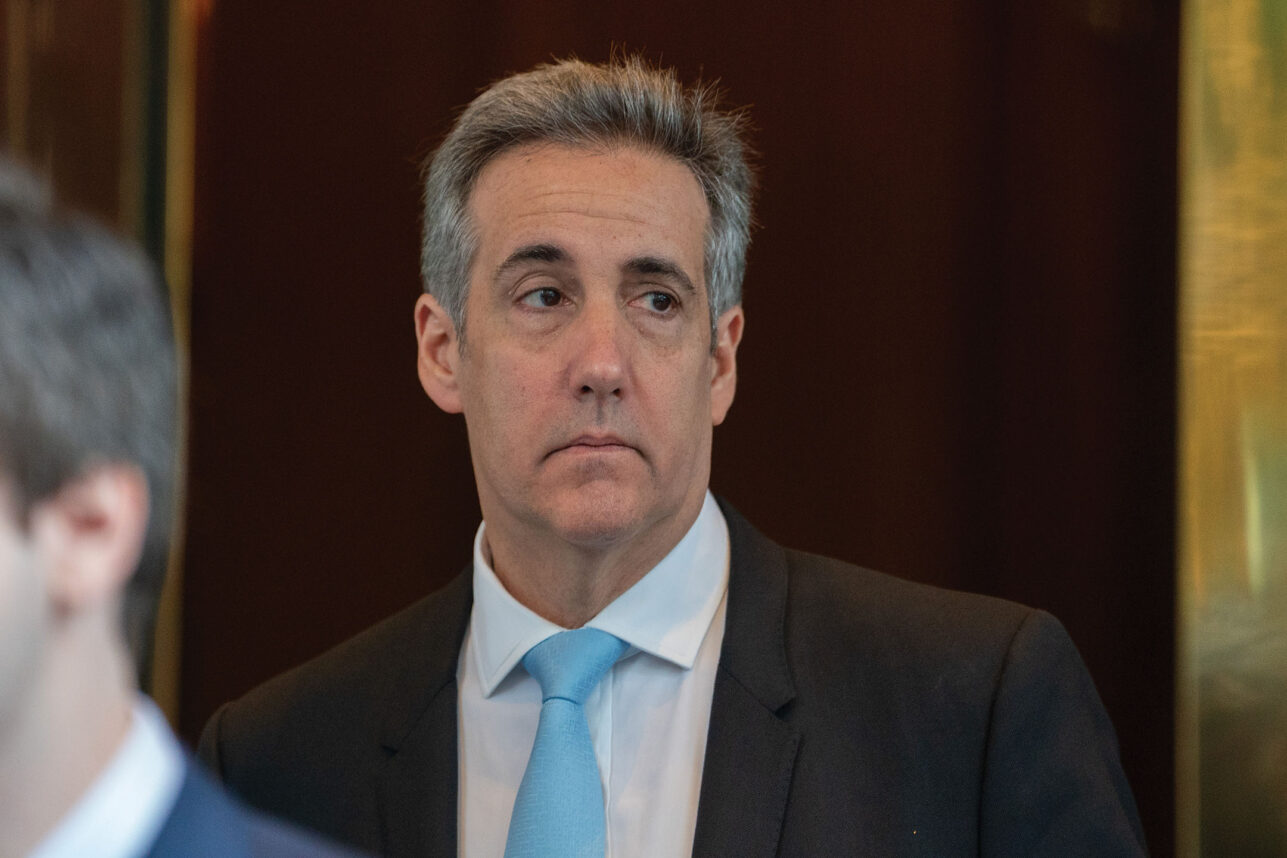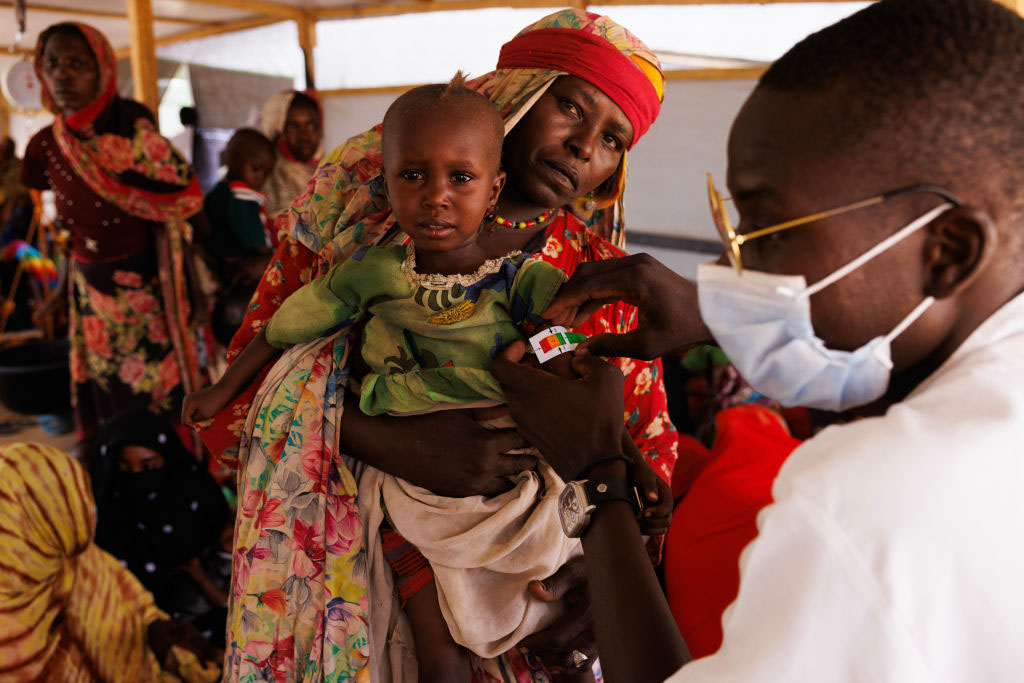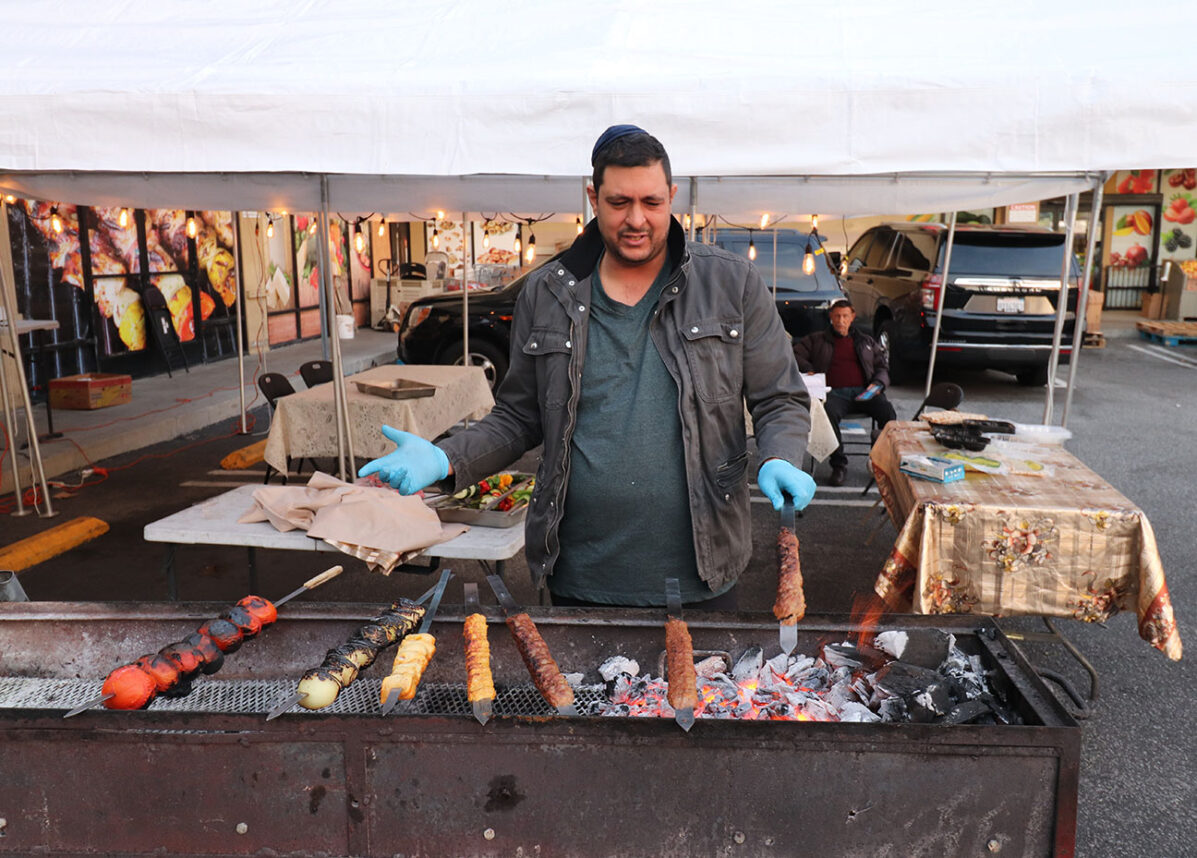What is going on at the LA County Museum of Art? The museum’s new Institute for Art and Cultures, which convenes painters, poets, artists and performers, writers and thinkers to “address critical issues in the visual arts and culture through rigorous and playful discussions, performances and debates,” has landed in our midst and overnight become a central presence. The Institute also happens to be reminding the rest of us that LA Culture exits.
Here are some recent examples/scenes from what might be called “An evening at LACMA:” &’009;&’009;&’009;&’009;&’009;&’009;&’009;Almost one thousand people listen as San Francisco poet laureate Lawrence Ferlinghetti bids them to close their eyes as his poems paint pictures of Gustav Klimt’s “Kiss” and Goya’s suffering Spanish subjects. On another evening inner city high school students respond to California writer Richard Rodriguez’s dare to “Ask me something, tell me something, be brave, speak to me.” Then there is the now famous night when the auditorium was filled to the fire department limit forcing hundreds of culture-hungry Los Angeleans to sit under a starry Los Angeles sky sipping wine and listening over loudspeakers to painter R.B. Kitaj’s words on Van Gogh.
The Institute has launched two different thematic events, which run intermittently. “Artists on Art”, began in December with Jerome Rothenberg, whose writings on Picasso were read for an audience of 225. The second program “State of California,” a two year long series which precedes and will continue to run in tandem with the upcoming exhibit “Made in California: 1900 – 2000”, attracted almost 450 participants who were invited to respond to David Antin’s 49 and 1/2 minute improvised talk piece enigmatically entitled, “California, the Nervous Camel.” Popularity and demand continued to grow, and the Institute welcomed over 1,000 participants to hear noted Jewish artist R. B. Kitaj speak on how the work of Van Gogh (described above) influenced him. When over 3000 people inquired about the public reading by Lawrence Ferlinghetti, the Institute increased its occupancy to an 800 seat capacity which still did not meet the demand of the over 1200 people who arrived for the event. The Institute launches it’s second season at the end of September/beginning of October with Jamaica Kincaid who will “enigmatically speak” on Thomas Jefferson. Other confirmed guests are writer Pico Iyer and art historian Carlo Ginzburg.
“Los Angeles cultural life is alive,” Paul Holdengräber, the Director of the fledgling Institute affirms. “We have created a venue, which works as a catalyst to inspire intellectual fervor to a public searching for such stimulation. Every day we receive letters of support demonstrating hunger, avidity and enthusiasm for the kind of initiative and leadership the museum is showing by supporting this new enterprise.”
With his spirit, intellectual curiosity and indefatigable efforts, Holdengräber, described by Richard Rodriguez as “the last European living in America,” marked the completion of the Institute’s first season of “rigorous and playful discussions” on a recent Monday night. Along with the guidance of LACMA’s Senior Curator of 20th Century Art and Senior Vice President of Education and Public Programs Stephanie Barron, President and CEO Andrea Rich and LACMA’s Director Graham Beal, the new Institute has now become a meeting place for the Los Angelean cultural set.
“The space we use creates a sense of community. We serve food and have music afterward as a way of creating a meeting place where people can share in a communal space. There is a need for such meeting places in Los Angeles,”said Holdengräber.
He believes that it has been a courageous act on LACMA’s part to sponsor this Institute. He sees the museum’s mission as being partly concerned with both educational and intellectual goals.
“We are not just collecting [here at LACMA], Stephanie Barron added, “but our job is to translate this to a wide group of people. We engage them in a palpable experience that is not related to a collection or object. It is about the experience of convening people with speakers who stimulate us to think in a new and different way about topics which affect us.”
The surprise for Barron and Holdengräber has been the eagerness with which the public has embraced them and their programs. They had not anticipated the hunger for an institute of this kind, they indicated. And so for them the summer offers a bit of a respite and a time for planning next year’s program.
As for the rest of us, the summer break will give us time to catch up on our Rodriguez reading and prepare ourselves for Jamaica Kincaid.






















 More news and opinions than at a Shabbat dinner, right in your inbox.
More news and opinions than at a Shabbat dinner, right in your inbox.